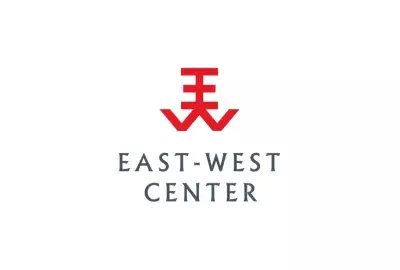Error message

Vietnam is experiencing one of the greatest urban transitions over the last two decades after the embankment of "Doi Moi" policy in 1986. The urban transition is vividly manifested in social, economic and physical aspects. While the urbanization can boost the industrialization and modernization goals of the country, it can cause adverse impact on natural environment as well as society and economy.
To support a sound urban development plan, it is important that data and analysis on urban built-up areas are accurate and timely available. In this study, the Support Vector Machine Classification Algorithm (SVM) was applied to the multi-temporal image stacks of Landsat Thematic Mapper (TM) and Enhanced Thematic Mapper (ETM) from 1993 to 2010 to quantify the changes of built-up areas over three time periods, 1993-2001, 2001-2006, and 2006-2010 and across twelve buffer zones. Our SVM classification algorithm has produced a highly accurate map of land use/land cover change with the overall accuracy of 95%. The study showed that most of the urban expansion occurred in the periods 2001-2006 and 2006–2010. The analysis was strengthened by the analysis of population census and other socio-economic figures. Through out this study, an implicit correlation between the urban growth, the trend of spatial expansion and other relevant geographic and socio-economic factors can be proposed.
Result of this study would allow urban planners and decision makers to timely evaluate and adjust accordingly the urban growth and be aware of the sustainable usage of the invaluable natural lands and other environmental, social and economical problems.
Vietnam is experiencing one of the greatest urban transitions over the last two decades after the embankment of "Doi Moi" policy in 1986. The urban transition is vividly manifested in social, economic and physical aspects. While the urbanization can boost the industrialization and modernization goals of the country, it can cause adverse impact on natural environment as well as society and economy.
To support a sound urban development plan, it is important that data and analysis on urban built-up areas are accurate and timely available. In this study, the Support Vector Machine Classification Algorithm (SVM) was applied to the multi-temporal image stacks of Landsat Thematic Mapper (TM) and Enhanced Thematic Mapper (ETM) from 1993 to 2010 to quantify the changes of built-up areas over three time periods, 1993-2001, 2001-2006, and 2006-2010 and across twelve buffer zones. Our SVM classification algorithm has produced a highly accurate map of land use/land cover change with the overall accuracy of 95%. The study showed that most of the urban expansion occurred in the periods 2001-2006 and 2006–2010. The analysis was strengthened by the analysis of population census and other socio-economic figures. Through out this study, an implicit correlation between the urban growth, the trend of spatial expansion and other relevant geographic and socio-economic factors can be proposed.
Result of this study would allow urban planners and decision makers to timely evaluate and adjust accordingly the urban growth and be aware of the sustainable usage of the invaluable natural lands and other environmental, social and economical problems.
East-West Center Working Papers: Environment, Population, and Health Series






